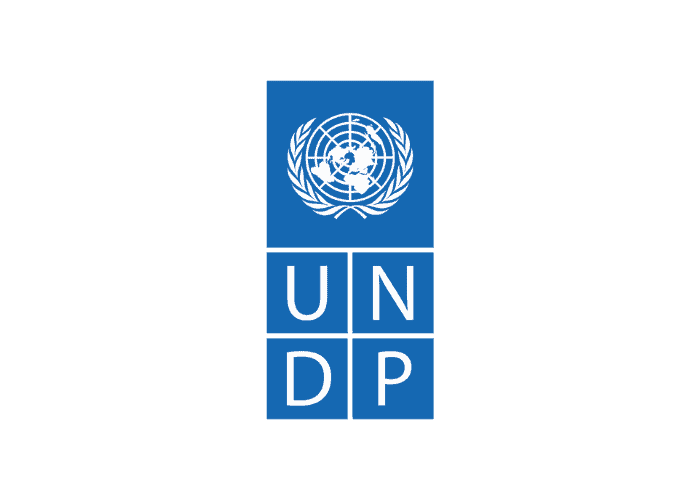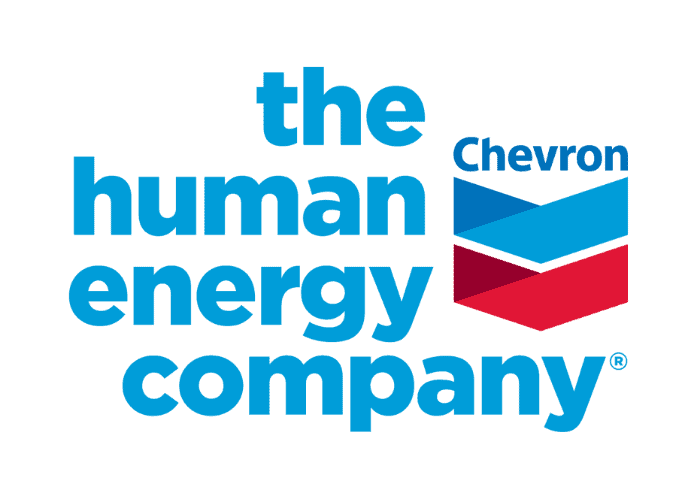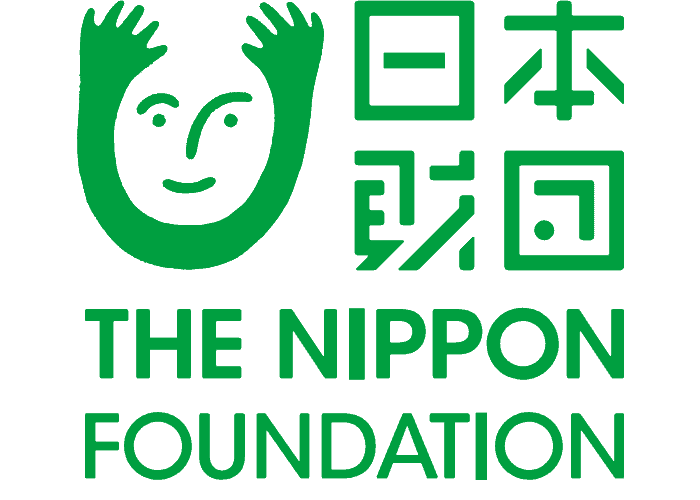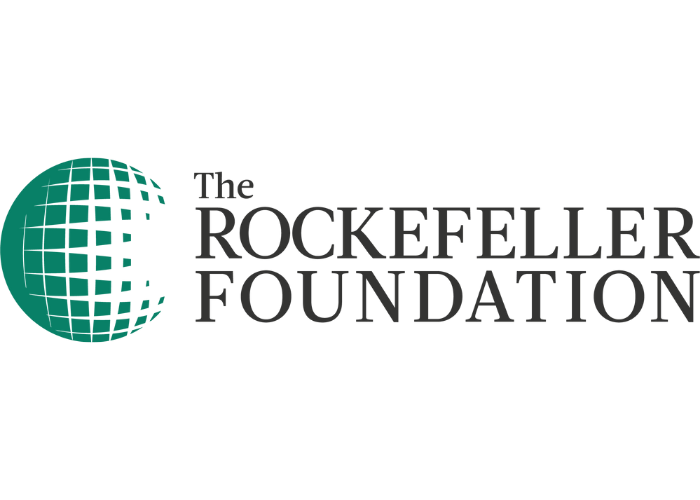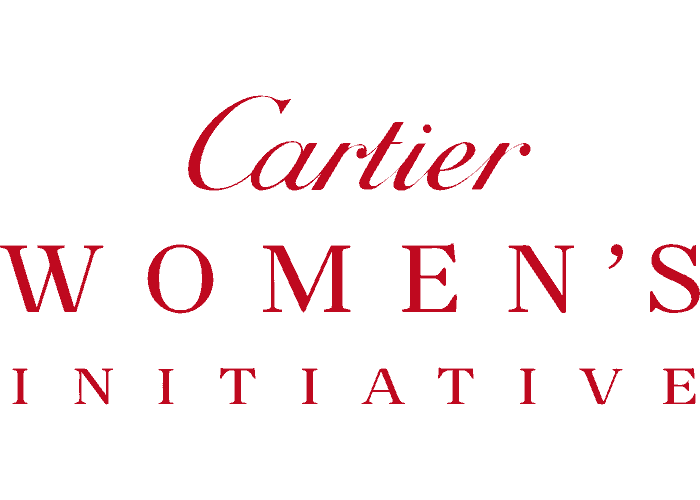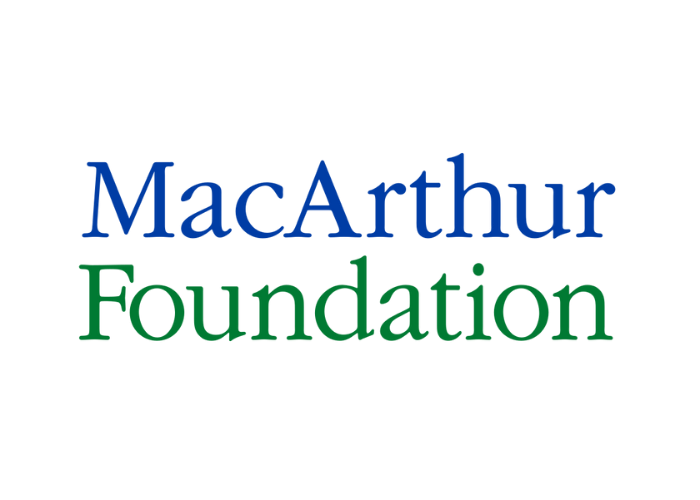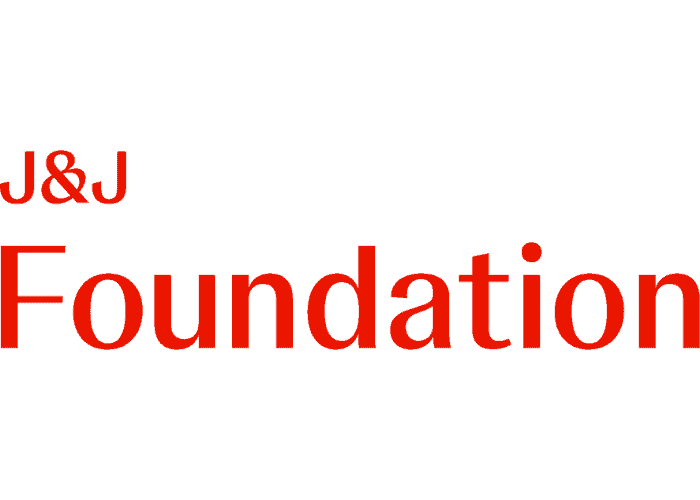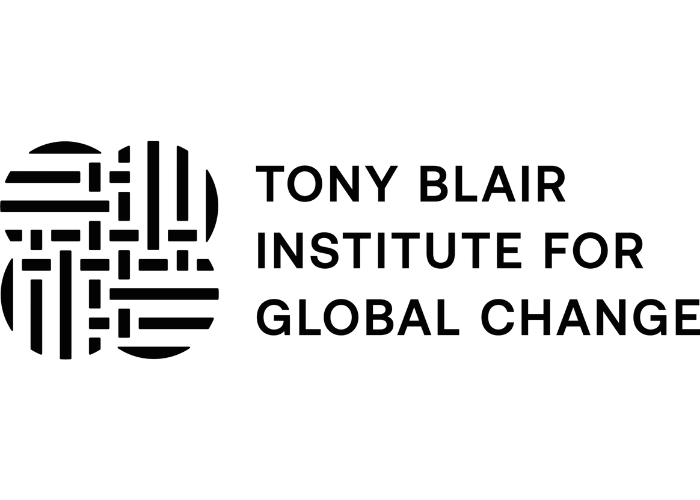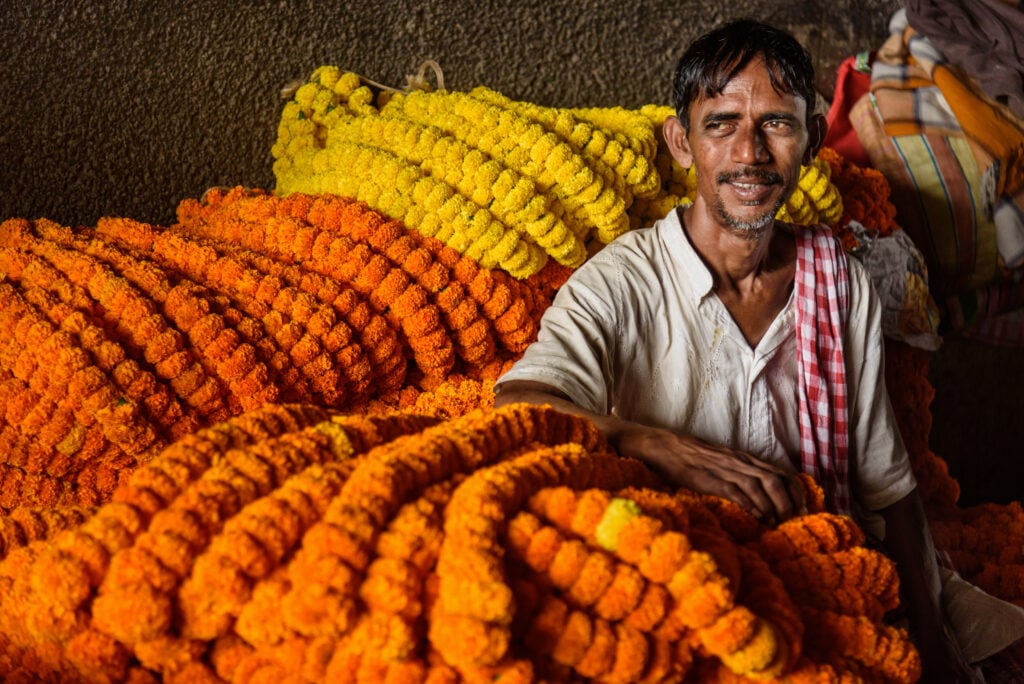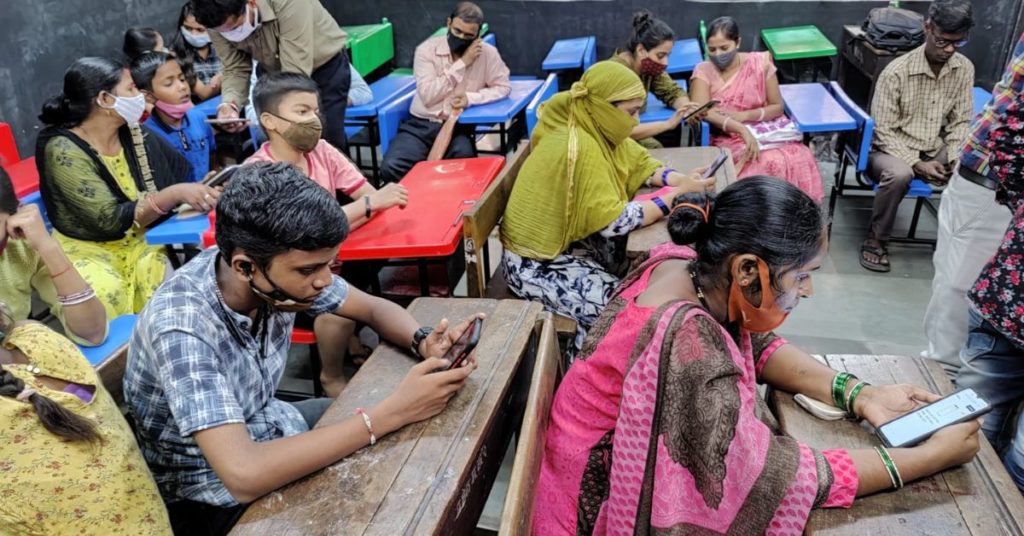4 min read
Financial inclusion is identified as a key enabler to achieving eight of the seventeen Sustainable Development Goals by 2030. To achieve the goals, many governments and civil society organizations have been working on providing access to financial services and products to the unbanked. However, without the right understanding and financial skills among the people, these efforts could cause adverse effects such as people falling prey to online scams and Ponzi schemes, high mortgage defaults, and even insolvency.
As per the S&P Global FinLit Survey, Only 33% of adults across the world show an understanding of basic financial concepts. This clearly shows that billions are still unprepared to deal with rapid changes in the financial landscape making them very vulnerable to shocks. The two main reasons for low financial literacy rates across the world can be attributed to the non-inclusion of two groups: the poor and the women.
a) Awareness and accessibility of information among the poor: Due to low incomes and poor literacy rates, the underserved and poor lack awareness about financial education. More so, lack of training on financial concepts has denied them access to information that can help them in preparing for financial setbacks.
b) Non inclusion of women: Worldwide, 30 percent of women are financially literate, compared with 35 percent of men. Traditionally, most women have not been involved in the financial decision making at a household level leaving them unaware of financial concepts. Women also lack the agency to access the information due to cultural and societal customs. Even today, the majority don’t have access to financial institutions and are heavily reliant on informal channels for borrowing and saving, such as friends, family or self-help groups. The women who do have access to a formal savings account don’t use it much due to lack of trust in the institutions and low levels of confidence in themselves.
The only way to make these groups financially literate is by conducting customized financial education programs that target the needs of the poor and women. Improving awareness and educating them on the relevant financial products and services is key to ensuring they are financially included. Efforts are underway by various governments and nonprofits to deliver innovative programs and many have succeeded in reaching out to millions.
We at Creador Foundation are also working on improving the financial literacy rates in Malaysia and India. In 2020, we launched Multiply, our digital financial literacy platform to address the needs of low income groups in Malaysia. Over the past two years, the platform has garnered a user base of over half a million. Given the success in Malaysia and the need for such a program in India, we are now customizing the program to suit the needs of the Indian audience. In India, although 74% of the Indian population is literate, only 24% is financially literate – the lowest as compared to all other emerging economies (BRICS). The global trend of low financial literacy rates among women is also observed in India with almost 62% of them still un/under banked.
While developing our program for India, we tried to understand the needs of our users and through the conversations with the target audience, we realized that they face a few critical challenges that need to be addressed.
- Sustainable source of information: Target audience tend to forget the concepts as they lack the practical knowledge and they need a source of information that can allow them to learn at their own pace.
- Fear of losing money: Although they are aware about the different financial products and tools, they don’t use them as they fear losing their hard earned money by one wrong click. Without hands-on experience, they feel inadequate to take the necessary steps.
- Less reliability on institutions: Due to the complicated processes and lack of support from the officials, the poor feel unwanted and prefer to rely on informal sources
- Require hand-holding support: When they have a question/issue, they aren’t sure who to turn to for solutions due to the lack of hand-holding support and trust issues.
Based on the learnings, we have created Multiply India to address a few of the above mentioned challenges. To start with, the content is customized to suit the needs of women covering not just the basic concepts but also the step-by-step processes to use the different financial products/services. Through the platform we hope to engage the users by providing them with a curated learning journey which not only improves their knowledge but helps them build the required skills and change their attitudes helping them gain confidence in taking financial decisions.
Improving financial literacy rates in India is not possible by an individual or an entity, instead it requires a concerted effort by the different stakeholders in the financial education space. Our efforts at Creador Foundation include collaborating with like-minded individuals, experts, practitioners, implementing organizations among others to provide access to financial education to all. If you are also working on empowering Indians to make better financial decisions, let us work together in order to drive actionable behaviour change in a million low-income households. We look forward to engaging with the ecosystem to learn, share, collaborate and grow Multiply in India.




